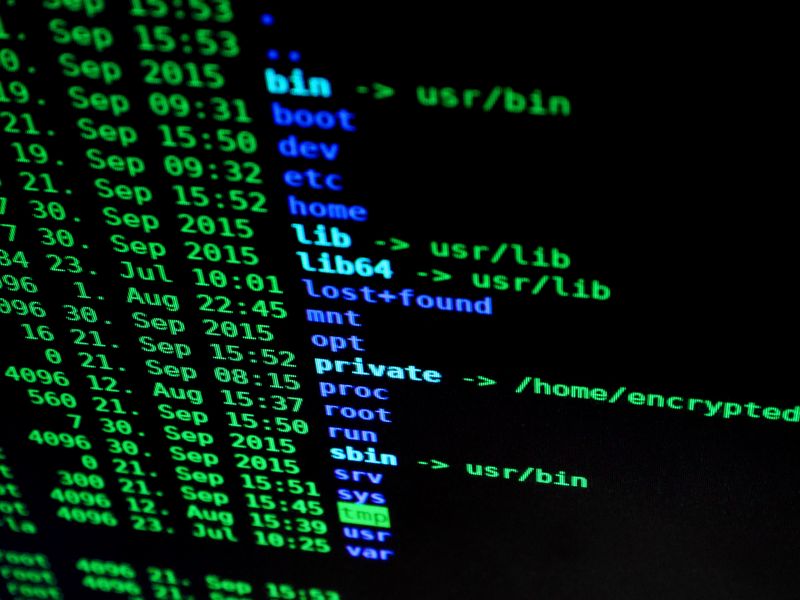The Importance of Business Data in Amplifying AI/ML Threat Detection
Introduction
In today’s increasingly digital landscape, organizations must prioritize the security of their data. With the proliferation of technology and the constant evolution of cyber threats, it has become crucial for businesses to leverage artificial intelligence (AI) and machine learning (ML) to bolster their threat detection capabilities. However, the success of these technologies heavily relies on the quality and standardization of the business data they analyze. This article delves into the significance of cleaning and standardizing business data to accelerate threat hunting and provides recommendations for organizations seeking to utilize AI/ML technologies effectively.
The Role of Business Data in AI/ML Threat Detection
AI and ML technologies are designed to identify patterns and abnormalities within data to detect potential threats. These technologies are only as effective as the data they are trained on. Consequently, the quality and standardization of business data play a critical role in the accuracy and efficiency of AI/ML threat detection systems.
Cleaning and Standardizing Business Data
To optimize the capabilities of AI/ML technologies for threat detection, organizations must embark on the process of cleaning and standardizing their business data. This involves several steps, including:
- Removing duplicate entries and incomplete data;
- Validating the accuracy and consistency of data across different sources;
- Organizing and categorizing data in a uniform manner;
- Conforming to industry standards and regulations;
- Ensuring data integrity and security;
- Analyzing historical data to identify patterns and trends;
- Proactively updating and maintaining data to keep it relevant and reliable.
The Benefits of Cleaning and Standardizing Business Data
Investing time and resources in cleaning and standardizing business data can yield significant benefits for organizations’ AI/ML threat detection capabilities. These include:
- Enhanced Accuracy: High-quality and standardized data improve the accuracy of AI/ML algorithms, resulting in more precise threat detection.
- Improved Efficiency: Clean and organized data streamlines the training process for AI/ML models, reducing the time it takes to detect and respond to potential threats.
- Early Threat Detection: When data is consistently updated and monitored, AI/ML technologies are better equipped to identify emerging threats promptly.
- Reduced False Positives: Proper data cleaning and standardization reduce the occurrence of false positives, minimizing unnecessary distractions for security teams.
- Greater Adaptability: With clean and standardized data, organizations can more effectively adapt AI/ML threat detection models to evolving cyber threats.
Overcoming Challenges in Data Cleaning and Standardization
While cleaning and standardizing business data is crucial, organizations may face various challenges in this process. Some common obstacles include:
- Legacy Systems: Legacy systems may store data in different formats, making it challenging to standardize the information.
- Volume and Complexity: Organizations often have vast volumes of data spread across multiple platforms, increasing the complexity of data cleaning and standardization processes.
- Privacy and Security Concerns: Organizations must ensure that data cleaning and standardization practices comply with privacy regulations and maintain the security of sensitive information.
- Lack of Resources and Expertise: Data cleaning and standardization require significant resources and expertise, which may pose challenges for some organizations.
Advice for Organizations
Organizations aiming to leverage their business data to amplify AI/ML threat detection can follow these recommendations:
Invest in Data Governance
Establishing robust data governance practices and policies ensures the accuracy, integrity, and security of business data. This includes creating data cleaning guidelines, specifying data sources, and assigning responsibility for data management within the organization.
Collaborate with Data Science Experts
Collaborating with data science experts can help organizations navigate the complexities of data cleaning and standardization processes. Their expertise can ensure a systematic approach, minimize errors, and streamline the integration of clean and standardized data into AI/ML models.
Implement Automation Tools
Leveraging automation tools can simplify the data cleaning and standardization processes, reducing the burden on human resources. These tools can automate tasks such as data validation, duplicate removal, and data integration across disparate sources.
Ensure Data Privacy and Security
Organizations must prioritize data privacy and security throughout the data cleaning and standardization process. This includes following best practices for data encryption, access control, and complying with relevant regulations such as the General Data Protection Regulation (GDPR) or the California Consumer Privacy Act (CCPA).
Maintain Continuous Data Monitoring and Updates
Data cleaning and standardization should be an ongoing effort. Organizations should establish processes for monitoring the quality of data and implementing regular updates to ensure its relevance and reliability.
Promote Data Literacy and Awareness
Emphasizing the importance of data literacy and awareness within the organization can empower employees to contribute to data cleaning and standardization efforts. A well-informed workforce can help identify data issues and ensure compliance with data governance policies.
Conclusion
In an era defined by cybersecurity threats, organizations must leverage AI and ML technologies to protect their sensitive data. Nevertheless, the successful implementation of these technologies is contingent upon the quality and standardization of business data. By investing in data cleaning and standardization practices and following the recommended advice, organizations can amplify their AI/ML threat detection capabilities and enhance their overall cybersecurity posture.

<< photo by Sara Kurfeß >>
The image is for illustrative purposes only and does not depict the actual situation.
You might want to read !
- Federal Contractor Vulnerability Disclosure: Strengthening Cybersecurity Safeguards in Government Partnerships
- The Changing Landscape of Big Tech Regulation in Europe
- Modernizing Legacy Infrastructure: A CISO’s Path to Operational Excellence
- Unlocking Enhanced Security: Google Workspace Introduces Cutting-Edge AI-Powered Controls
- Unveiling China’s Cyber Espionage Operation: The Flax Typhoon Targets Taiwan’s Vital Industries
- Urgent FBI Warning: Barracuda Email Gateways Remain Vulnerable, Raising Concerns Despite Recent Patches
- The Rise of Zero Trust Network Access: Empowering CISOs in the Cybersecurity Landscape
- Expanding the Definition of ‘Endpoint’ to Tackle Cloud Threats
- Maximizing the Power: Unleashing the Full Potential of Threat Intelligence Resources




